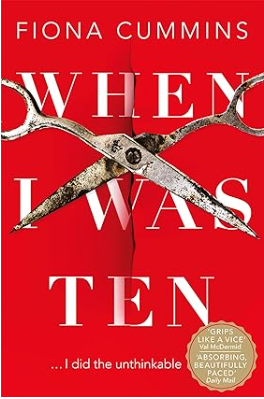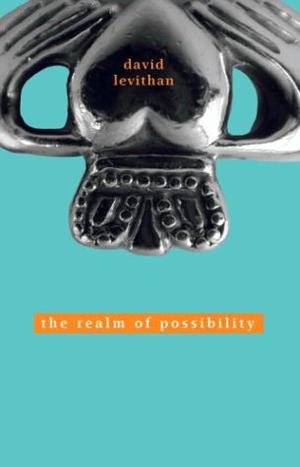Eighteen-year-old Tessa is returning to her childhood hometown of Fayette, Pennsylvania to visit her incarcerated father who is dying of cancer. This isn’t the only reunion she’s facing. When she moved to Florida to live with her grandmother, she left behind her best friend Callie and the trauma of having to testify in a murder trial. She and Callie are estranged now, which makes the fact that she is going to be staying with Callie and her parents slightly uncomfortable.
Home is both different and the same. There’s a reminder around every corner of the summer when she was nine and Callie’s cousin Lori was murdered. She and Callie were material witnesses in the trial that put Wyatt Stokes behind bars, not only for Lori’s murder but for a string of other homicides. Not long after she lands back in Fayette, another girl is killed and it’s impossible not to see the similarities between this girl and all those who came before. But how is it possible, when Wyatt Stokes is behind bars? Things just don’t add up and so Tessa (and eventually Callie) start to dig into their memories of what happened that long ago summer.
The Darkest Corners is a fun read, but it’s definitely better if you read it in one or two sittings because there is a lot going on and a lot of character names to keep track of. Some of these characters have very little to do and are not much more than names on a page. They drive a certain part of the plot and are dropped like hot potatoes. Other characters, like Tessa and Callie, are more rounded. The last fifty pages – although perhaps not all that believable – flew by.
Mostly though, it was a good time.









